Our underground quarry contains limestone, our raw material for creating Natural Hydraulic Lime. This bank covers an area of 350 hectares and is more than 200 metres deep. It is located in the Vallée de l’Isle in the Dordogne, in the commune of Saint-Astier, whose name we have been proud to bear since 2017. Early in the 19th century, the qualities of Saint-Astier® limestone were discovered by Louis Vicat, who demonstrated the hydraulic properties of Saint-Astier® lime.
This deposit, unique in Europe, is said to be ‘almost inexhaustible’. It has a consistent, uniform mineralogy, which is what makes it so special. Thanks to its chalky, siliceous limestone, Saint-Astier® has been producing high-quality Pure Natural Hydraulic Lime for over 110 years.
In 2021, Saint-Astier® renewed its mining rights. This ensures the continuity of the company’s production for many years to come.


